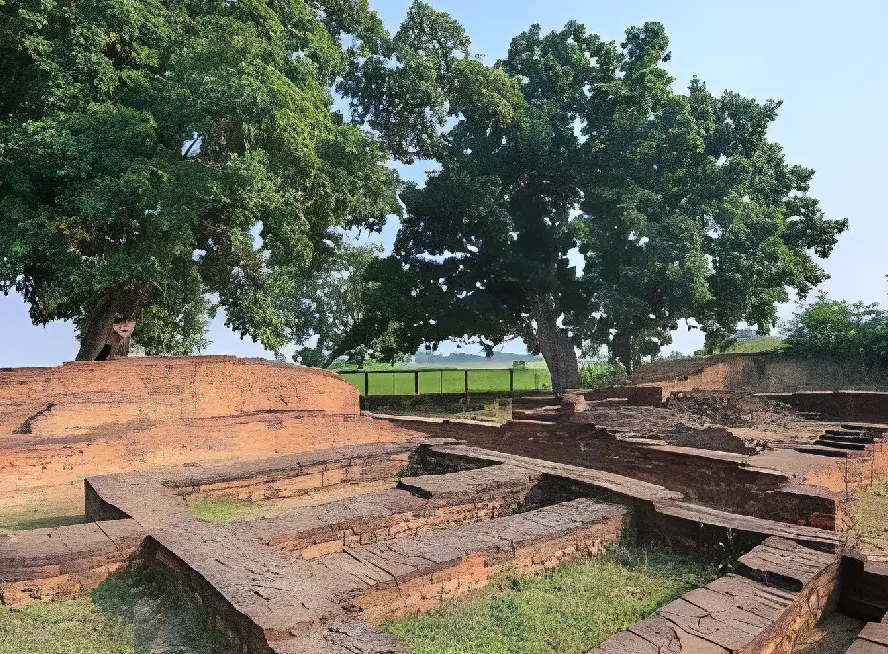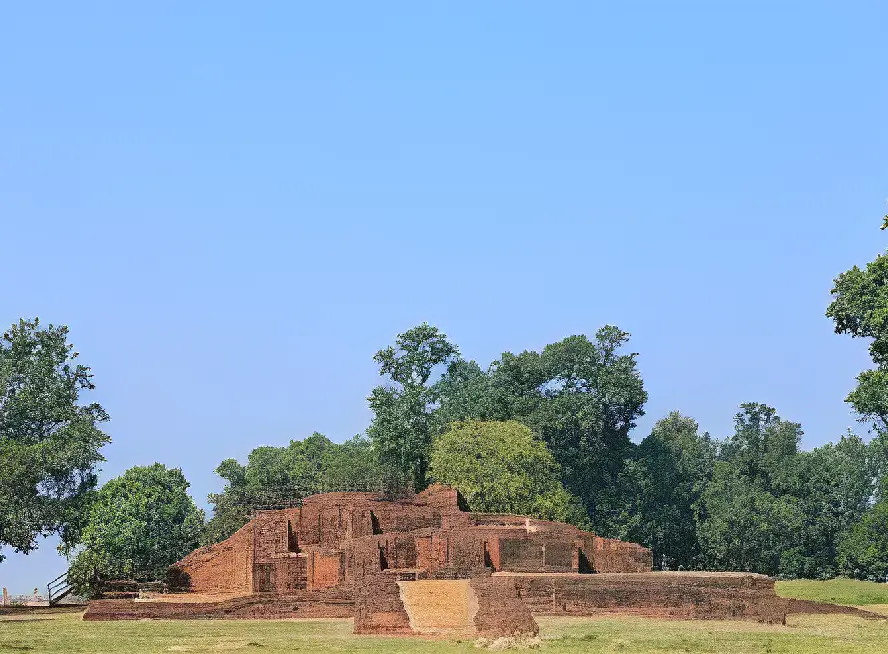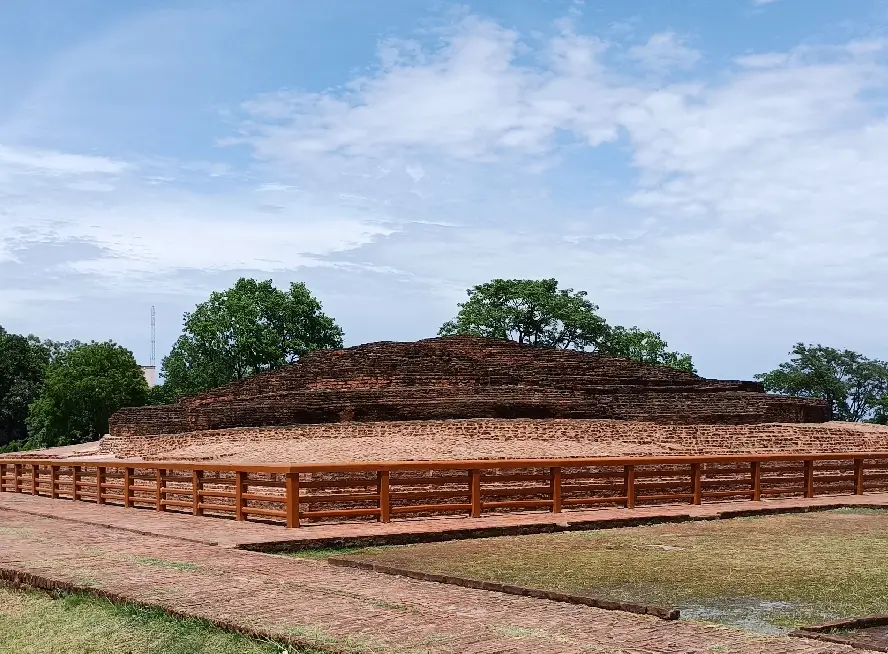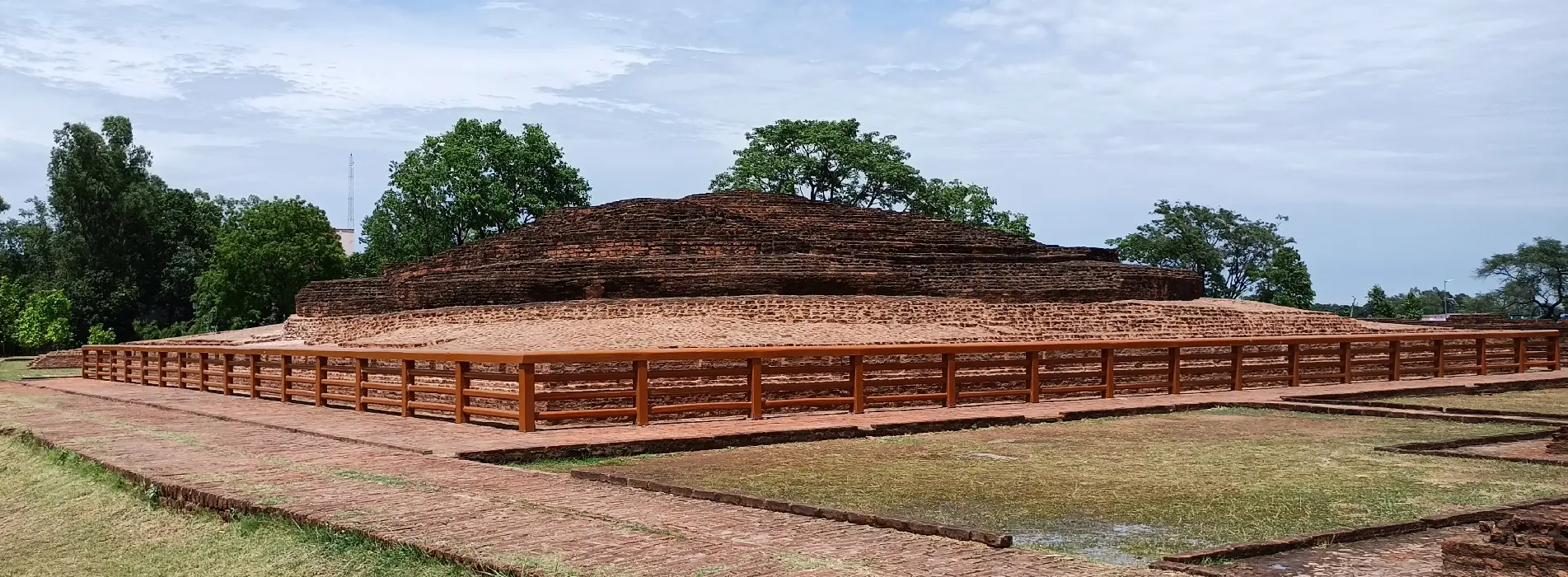Kapilavastu (Nepal)




Kapilavastu (Nepal)
Kapilvastu is one of the significant destinations related to lord Gautam Buddha. The place tells the tale of a boy born into a royal family, who never could have seen any suffering or discomfort, and chose a path that led him to ultimate enlightenment and attain nirvana. The early home of Buddha, Kapilvastu is filled with evidence which is a testament to the initial life of Buddha. The archaeological surveys conducted in Kapilvastu have unearthed much evidence like the ruins of the Kapilvastu palace and gardens. Many other artifacts and relics extracted from different sites now let you be part of the legend by witnessing them. This sacred destination in the Indo-Nepal border holds great significance, and is one of the top places to visit for a Buddhism journey. Thousands of Pilgrimage and history lovers find their way to Kapilvastu seeking inspiration, knowledge, and understanding of the old world. The historical details of Kapilvastu are deeply intertwined with the life story of Gautam Buddha. Also, the tradition and culture of the place delve you into a spiritual aura.
Kapilvastu, located in the Himalayan range, is a place sacred to Buddhists and one of the major pilgrimages in the Buddhist religion. The original Kapilvastu region is now divided between India and Nepal. The exact origin of Kapilvastu remains unclear but archaeological evidence suggests settlements in the region before the 6th century BCE. The name Kapilvastu means 'tawny area' which could have come from the reddish colour of the sand in the region. Kapilvastu comes under the Lumbini district and was reigned by the Shakya Dynasty in the 5th century BCE. King Shuddhodan was the ruler of the Kingdom somewhere between the 5th and 6th BCE. Siddhartha Gautam, the birth name of Gautam Buddha, was born to King Suddhodhan and Queen Maya in Kapilvastu. Thus, Lord Buddha is also referred to as a Shakya Muni. Gautam Buddha lived in Kapilvastu as a prince for 29 years. He led a family life with his wife and a son named Rahul. But at the age of 29, he left the luxury in search of a solution to all the suffering.
Kapilvastu was depicted as a prosperous city in Buddhist texts. Thus, the luxury was inevitable to the Siddhartha, who did not find it amusing and rather wanted to know what is beyond the comfort of life. Lord Buddha attained enlightenment in Gaya under the Bodh Gaya tree at the age of 34 and revisited Kapilvastu after 12 years of leaving at the age of 41.
Although Kapilvastu has never become a major pilgrimage destination as Lumbini, it is a sacred destination to Buddha followers. The place marks the initial chapters of Gautam Buddha's life and thus holds great significance for his followers. Visit the archaeological site of Tilaurakot Kapilvastu, which is believed to be the ancient ruins of the city of Kapilvastu. This is where Buddha grew up and learned all the early lessons of life. You can see remains of different sections of palace including gardens and main fort walls. All these ruins are included in the UNESCO World Heritage Site which now has become one of the must-visit attractions for any Buddhist pilgrim or history buff. The way further leads to the Bathing pond of the Shakya family, where Buddha used to bathe in childhood.
One must also experience the boat rides at Jagdishpur, it is a total relaxing experience. An ideal activity to escape from the hustle of the city and enjoy the beauty of nature, once Buddha used to spend time at. Another significant site, Kudan Stupa, is a stupa dedicated to Buddha believed to be built over the remains of the cremated ashes of Buddha.






















